Laser Hair Removal & Laser Skin Services Near St. Stephen, SC

As St. Stephen's top medical aesthetics and cosmetic dermatology practice, we believe that everyone deserves to love the way they look. At the end of the day, the only opinion that matters about your well-being and appearance is yours. That's why our team is committed to providing you with the most affordable, effective medical cosmetic Services in St. Stephen - so you can live your best life without compromise. We treat men and women of all ages and ethnicities.
Founded in 2007, Southern Cosmetic Laser has evolved into a multi-specialty practice offering the latest medical aesthetics and laser skin Services in St. Stephen, SC. If you are wanting the most advanced, highest-level of service, you have come to the right place.
Our services start and end with the client in mind. At Southern Cosmetic Laser, we strive to exceed our customer's expectations with every service we offer, whether it's laser skin rejuvenation, laser hair removal, anti-aging skincare, or fillers for wrinkles. We combine years of experience, the latest technologies, techniques, and personalized services to ensure your visit is pleasurable, informative, and private.
When you choose Southern Cosmetic Laser, you, the customer comes first. We take a client-centered approach to everything we do, meaning we're happy to discuss available treatment options with you. We'll weigh the pros and cons of each procedure with your needs in mind, ensuring your treatment is effective. We believe that an informed client is a happier client, and we're not shy about educating you on the tools we use and the Services we individually customize.
Whether you're looking to completely transform your appearance or simply get a healthier glow, we are here to help. Our team tailors the appropriate laser treatment or medical aesthetic service to achieve your desired results, not somebody else's. Combined with the safest, most medically-approved procedures and products, you'll love the way you look when you leave Southern Cosmetic Laser.

- Unveil the New You with Southern Cosmetic Laser
- Innovative Laser Skin Services in St. Stephen, SC
- Skin Rejuvenation in St. Stephen, SC
- Skincare Injectables and Fillers in St. Stephen, SC
- Anti-Aging Injectable Services in St. Stephen, SC
- Laser Tattoo Removal in St. Stephen, SC
- Professional and Efficient from First Encounter

Your trust, confidence, and satisfaction are our highest priorities - no if's, and's, or but's.
Some of our most popular services include:
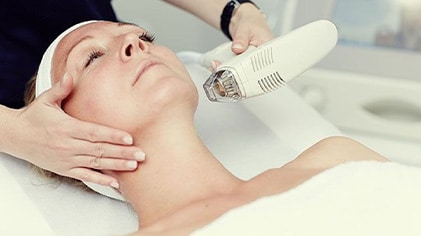
Laser Skin Services
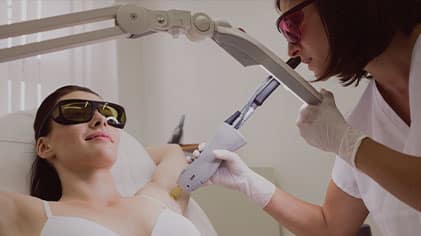
Laser Hair Removal
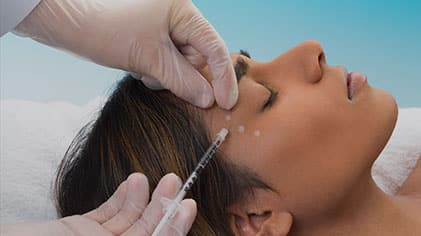
Botox

Facials
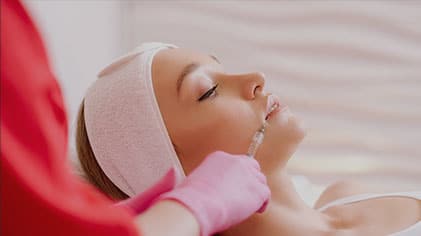
Dermal Fillers
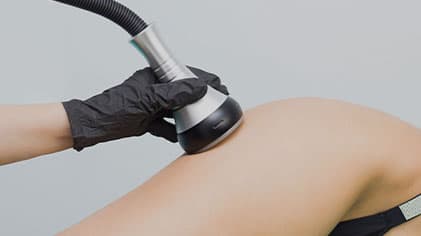
Body Sculpting
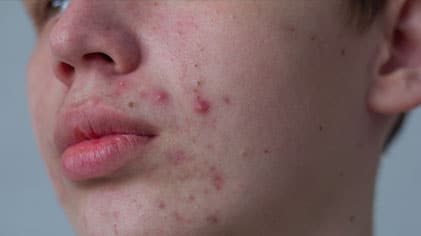
Services for Acne and Acne Scarring
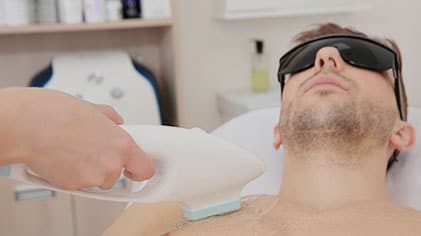
Men's Services
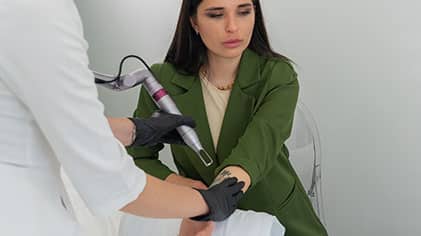
Tattoo Removal
For More Information, Call Us
 843-277-2240
843-277-2240

Innovative Laser Skin Services
in St. Stephen, SC
If you have never had a laser skin treatment before, it might seem like a scary proposition at first. However, as many of our patients will tell you, procedures like laser hair removal can be life-changing. Laser skin services are not only effective - they're growing in popularity. According to a study, nearly 4.1 million laser skin services were performed in 2019. Whether you're looking to remove unwanted hair or achieve a more unified skin tone, laser services can help.
Some of the most requested laser skin services at Southern Cosmetic Laser include:
Laser Hair Removal in St. Stephen, SC
Unwanted hair. You know it's there, and just about every day, you've got to shave, pluck, and tweeze your way to removing it. But what if we told you there was a permanent solution to reduce your unwanted hair problem?
At Southern Cosmetic Laser, our laser hair removal services target hair follicles giving your skin the smooth, silky feel you've may desire. Laser hair removal services save you time in shaving - a proposition that seemed impossible a few years ago.
Using the most up-to-date lasers for our services, we offer a permanent hair-reduction solution for all skin types, making it a quick, effective treatment for any ethnicity. Our state-of-the-art laser technologies emit a laser beam that penetrates your hair follicles, destroying the root while preserving your skin.
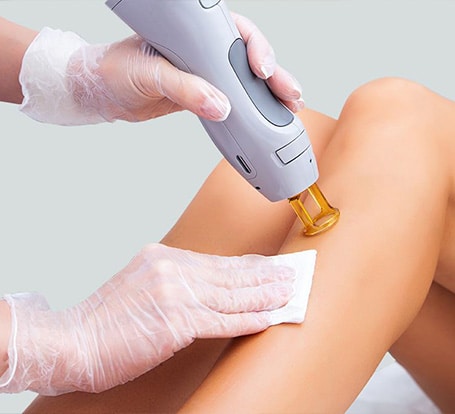
Our clients are ditching their razors and choosing our lasers to remove hair from their bikini lines, underarms,
upper lips, legs, arms, face, chest and back.
A few benefits of laser hair removal include:
- Eliminate Stubborn, Unwanted Hair
- Prevent Ingrown Hairs
- Quick and Effective
- Remove Bumps, Stubble, Irritation, and Razor Burn
- Smooth, Glassy Skin That You Will Love
- Affordable Plans from Southern Cosmetic Laser
If this is your first foray into laser hair removal services, you're probably wondering how it all works.
Don't worry; we've got you covered!
What is Laser Hair Removal?
Laser hair removal is a medical procedure that uses a laser, or concentrated beam of light, to remove unwanted hair on your body. During our laser hair removal services, the light from the laser is absorbed by the melanin in your hair. That light is then converted to heat, which damages your hair follicles, preventing future hair growth. Most laser hair removal services are quick and can be completed in about 30 minutes. This treatment can be accomplished during a lunch break or quickly after work.
What Happens During Laser Hair Removal Treatment?
Southern Cosmetic Laser hair removal involves several steps. Once you schedule an appointment, you will need to shave prior to your treatment. You will need to avoid plucking, waxing, threading and depilatory creams at least three weeks prior to treatment. During your day of treatment, the following will occur:
- Clean the treatment area to kill germs and bacteria
- Provide you with protective goggles or glasses to wear.
- Commence laser hair removal treatment using our cutting-edge lasers.
- A topical cooling product such as aloe may be applied after the treatment.
- Send you on your way feeling smooth and satisfied.
How Many Sessions Will I Need?
Services usually require an average of six to eight sessions with periodic touchups. However, sessions vary depending on your schedule and the area of your body that needs treatment. You may need more services on areas where hair grows quickly, like your upper lip. Some areas, like places on your back, will not require as many laser treatment sessions.
Skin Rejuvenation in St. Stephen, SC
We offer the most advanced skin rejuvenation services for all skin types for both men and women. We believe in these 3 Basic Principles of Aging!
- Skin Integrity
- Toxins
- Dermal Fillers
At Southern Cosmetic Laser we can't turn back the hands of time, but we've seen by applying these three steps in a systematic approach you can achieve long lasting, amazing more youthful results. You may even have people say to you, "Wow, you look amazing! What's your secret?"
Natural aging and a lifetime of involuntary facial muscle actions contribute to the formation of tiny wrinkles, creases and fine lines that can make you look angry, tired or older than you feel. Over time skin loses volume, collagen and elastin and can become thinner and begin to sag.
At Southern Cosmetic Laser, our skin rejuvenation services are some of the most popular laser skin services offered. Skin rejuvenation is a non-surgical treatment that helps you look as vibrant as you feel. Unlike traditional cosmetic surgeries, proper skin rejuvenation doesn't require you to put your skin or health at risk to achieve beautiful results. Instead, our skin rejuvenation options are safe and offer multiple benefits for people suffering from skin defects like scarring, acne and aging.

We can rejuvenate your skin using a variety of laser skin services in St. Stephen, including resurfacing, energy-based laser tightening and lifting, and other laser-based services.
There are numerous benefits to skin rejuvenation, including:
- Reduction of Wrinkles & Fine Lines
- Diminished Sunspots
- Acne Suppression
- Improvement of Acne Scars
- Redness and Rosacea Relief
Contact our office today to learn which one of our cutting-edge skin rejuvenation services is best for your lifestyle.
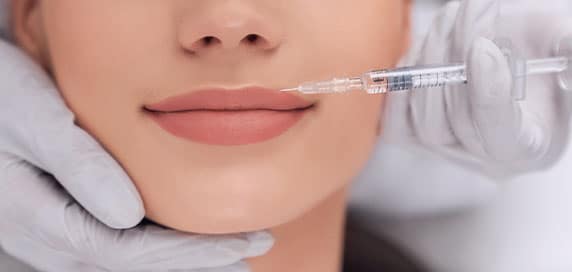
Skincare Injectables and Fillers
in St. Stephen, SC
Dermal fillers have changed the face of the medical cosmetic industry. About 10 million dermal services are applied every year. Fillers are used in shaping the face, lifting, volumizing and minimizing wrinkles. Fillers replace fat and bone less, lift and support. When combined with laser skin services and neurotoxins our patients can stick to an easy regimen that helps them maintain gorgeous, smooth skin.
How Do Dermal Fillers Work?
Many of our patients know they want anti-aging services like fillers to help smooth out wrinkles and help lift. However, they don't know how dermal fillers, or injectables, work.
As people age, they lose collagen, elastin, and perhaps more importantly, hyaluronic acid. Hyaluronic acid helps retain moisture in your skin. Injectables that utilize hyaluronic acid and other substances help replace lost moisture, resulting in fuller, more radiant skin. Injectables and fillers can also help add extra volume to your lips and cheeks and firm up saggy skin.
Often, our patients see results after a single treatment, which can last as long as 9 to 18 months. Our patients choose Southern Cosmetic Laser because our fillers give a natural-looking result without affecting facial expressions, making for a discreet yet effective treatment.
Where Are Injectables Used?
We discuss and explain various types of fillers and decide which is best for you.
At Southern Cosmetic Laser, we offer personalized filler services for a number of problem areas, such as:
- Marionette Lines: These lines go directly down from the corners of your mouth and become more pronounced over time as your face loses volume.
- Cheeks: As you age, your cheeks lose volume, making you look gaunt and elderly. Our fillers plump up your cheeks, giving you a more youthful look without plastic surgery.
- Lips: Plumping up our patient's lips is one of our most popular injectable skincare services in St. Stephen. Our lip filler services are customized to each patient's preference, meaning we can help with subtle enhancements or obvious upgrades.
- Jaw and jawline areas.
Anti-Aging Injectable Services in St. Stephen, SC
Finding the right filler can be confusing, but our experienced medical team will work with you to discover the best treatment options for your goals. Some of our most popular injectable services include:

Dermal Fillers: Products such as Juvederm XC, Radiesse, Bellafill and Restylane are used for facial lifting and contouring. They are great for filling in thin lips, tightening saggy skin, helping with skin laxity, and more.

Botox: Botox and similar products like Jeuveau, Dysport, and Xeomin are wrinkle-smoothing neuromodulators that treat horizontal lines across the forehead. They are also very effective at reducing crow's feet and perpendicular frown lines between your eyebrows and other areas.

Nova Threads: This is another non-surgical option that can create an immediate facelift, which tightens and smooths your skin. Products like Nova Lyft and Nova Mesh are excellent if you have saggy skin, thin lips, or need collagen stimulation. We help you decided which is best for your face and skin type.

B12 Shots: B12 works wonderfully and promotes the growth of healthy skin cells, which repair damaged skin. Aging and certain medical conditions affect your body's ability to absorb B12, leaving you tired and forgetful. Regular B12 injections from Southern Cosmetic Laser help your body absorb the B12 it needs. That way, you're more alert during the day and benefit from healthier skin, nails, and hair.
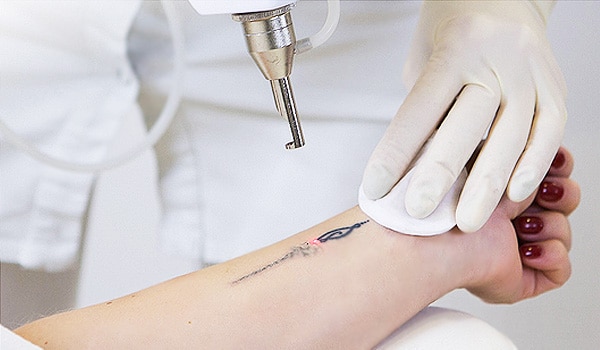
Laser Tattoo Removal in St. Stephen, SC
Getting a tattoo is an art. Removing a tattoo is another art. There are numerous variables that are considered in laser tattoo removal. Southern Cosmetic Laser is compassionate in helping rid those unwanted tattoos. We use superior technologies to customize services for the patient and their tattoo. We work with clients to provide optimal outcomes at affordable, comparable pricing. We want to spend your money wisely and want to achieve the best outcome possible with minimal services.
Professional and Efficient from First Encounter
From anti-aging fillers for your lips to precise laser hair removal along your bikini line, Southern Cosmetic Laser has the team and tools to serve you with excellence. When it comes to cosmetic dermatology and medical aesthetics, we take pride in our experience and passion. We provide more than quick, effective services - we give our patients a relaxing, comforting experience catered to their needs. Our unparalleled customer service and state-of-the-art laser skin services in St. Stephen, SC, keeps our clients coming back.
We know that aging is inevitable, but that doesn't mean you have to succumb to the aging process. Call or click today to learn more about the Southern Cosmetic Laser difference and how we have thrived for over 18 years as St. Stephen's premier skincare and anti-aging treatment center.
 843-277-2240
843-277-2240
Book Appointment
Latest News in St. Stephen, SC
Today's Forecast for St. Stephen, SC
The Weather Channelhttps://www.weather.com/weather/today/l/1bd9baf0efc965cd41dab454a442c5424df700d58834e7266e5bf83031799c66
45°SunnyDay 52° • Night 28°Special Weather Statement+1 MoreNext 48 HoursWeather Today in St. Stephen, SC...
45°
Sunny
Day 52° • Night 28°
Special Weather Statement
+1 More
Weather Today in St. Stephen, SC
Feels Like40°
6:46 am
6:18 pm
High / Low
52°/28°
Wind
9 mph
Humidity
31%
Dew Point
16°
Pressure
30.18 in
UV Index
5 of 11
Visibility
10 mi
Moon Phase
Waxing Crescent
Don't Miss
Time Out When Tornado Threat Is Greatest This Week
Carolina Wildfires Drive Thousands From Their Homes
Winter Storm Lola To Bring Threat Of Blizzard Conditions
Hourly Forecast
Winter Central
Multi-Day Severe Threat Takes Aim From Plains To East Coast
As Spring Approaches, Tornado Season Is About To Ramp Up
Preseason Storms That Jumped Hurricane Season’s Calendar
Trending Now
Neighborhoods Evacuated As Wildfires Burn In The Carolinas
3,000 Dolphins Light Up Monterey Bay In Stunning Show
Horse Pulled To Safety After Falling Into Icy New York Lake
Daily Forecast
Radar
We Love Our Critters
3,000 Dolphins Light Up Monterey Bay In Stunning Show
This Black Lab Was Thrilled To See 11 Inches Of Snow
Burrrrrito: This Corgi Braves The Bitter Cold In Style
The ‘Wildlife Photographer Of The Year’ People’s Choice Winners
Winter Wellness
How Children Can Improve Their Cold Weather Breathing
What’s That Winter Air Burn In My Lungs?
Breathe Easier This Winter By Improving Indoor Air Quality
How To Deal With Asthma In The Cold
Home, Garage & Garden
Experts Warn Of A Spring Pest Explosion Fueled By Weather
Knowing This Can Save Your Home When Pipes Burst
Disclaimer:
